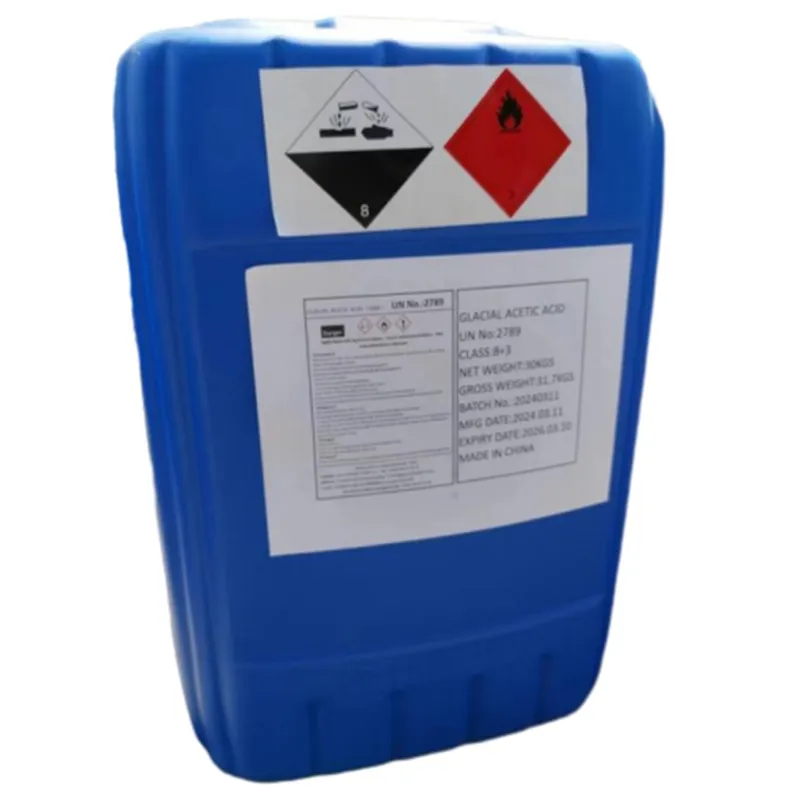
Understanding NPK Fertilizer and Its Importance for Plant Growth and Health
Understanding NPK Fertilizer A Comprehensive Guide
In the realm of agriculture, ensuring that plants receive the necessary nutrients for growth is paramount. Among the various fertilizers available today, NPK fertilizer stands out as one of the most popular and effective options. The term NPK refers to the three essential nutrients it provides Nitrogen (N), Phosphorus (P), and Potassium (K). Each of these elements plays a unique role in plant health and development, making an understanding of NPK fertilizer crucial for both amateur gardeners and professional growers alike.
The Components of NPK Fertilizer
1. Nitrogen (N) Nitrogen is vital for the overall growth and development of plants. It is a key component of amino acids, which are the building blocks of proteins, and it is also found in chlorophyll, the molecule responsible for photosynthesis. A nitrogen deficiency can lead to stunted growth, yellowing of leaves, and poor overall plant health. Fertilizers rich in nitrogen are especially beneficial for leafy vegetables and grasses.
2. Phosphorus (P) Phosphorus plays a critical role in energy transfer within the plant. It is essential for the synthesis of ATP (adenosine triphosphate), which is involved in energy storage and transfer in cells. Furthermore, phosphorus contributes to root development and flower and fruit production. Signs of phosphorus deficiency often include dark green or purplish leaves and poor root development. This nutrient is especially important for flowering plants and those producing fruits.
3. Potassium (K) Potassium is essential for the overall health of the plant. It aids in the regulation of various processes, including photosynthesis, enzyme activation, and water retention. Potassium helps plants withstand stress from diseases and drought, making it crucial for longevity and resilience. A potassium deficiency might manifest as browning leaf edges and weak stems. It is vital for root crops and fruits, enhancing their quality and yield.
Understanding NPK Ratios
npk fertilizer

NPK fertilizers are labeled with three numbers that represent the percentage of each nutrient contained in the product. For example, a fertilizer labeled 10-20-10 contains 10% nitrogen, 20% phosphorus, and 10% potassium. These ratios can be tailored to meet the specific needs of different plants and stages of growth.
- High Nitrogen Fertilizers (e.g., 30-10-10) are typically used for leafy vegetables, lawns, or during the vegetative growth stage of flowering plants. - Balanced Ratios (e.g., 10-10-10) are suitable for general use across various plant types. - High Phosphorus Fertilizers (e.g., 5-20-10) are ideal for use during the flowering stage or for transplanting, promoting strong root systems and robust flower production. - High Potassium Fertilizers (e.g., 10-10-30) can be beneficial in preparing plants for flowering and fruiting, helping improve yield and fruit quality.
Application and Usage
The application of NPK fertilizer should be based on soil tests that determine existing nutrient levels and the specific requirements of the plants being cultivated. Over-fertilization can lead to nutrient runoff, which can harm the environment. Thus, applying the right amount at the appropriate time is crucial for healthy plant growth and sustainable agricultural practices.
Conclusion
NPK fertilizers serve as a cornerstone for successful crop production and gardening endeavors. Understanding what NPK stands for and how to utilize these fertilizers effectively can empower gardeners and farmers to enhance their yields and cultivate healthier plants. By carefully managing nutrient levels and understanding the needs of specific plants, they can ensure optimal growth and a bountiful harvest. Ultimately, the responsible use of NPK fertilizers contributes not only to personal gardening success but also to global food security.
-
Understanding Synthetic Rubber OptionsNewsApr.27,2025
-
Trichloroisocyanuric Acid: Essential for Clean and Safe WaterNewsApr.27,2025
-
Sodium Dichloroisocyanurate: Key to Safe Water TreatmentNewsApr.27,2025
-
Sodium Acid Pyrophosphate: Essential in Modern Food ProcessingNewsApr.27,2025
-
Essential Water Treatment ChemicalsNewsApr.27,2025
-
Denatured Alcohol and Its Industrial UsesNewsApr.27,2025
-
The Versatile Uses of Sodium BicarbonateNewsApr.24,2025
Hebei Tenger Chemical Technology Co., Ltd. focuses on the chemical industry and is committed to the export service of chemical raw materials.
-

view more DiethanolisopropanolamineIn the ever-growing field of chemical solutions, diethanolisopropanolamine (DEIPA) stands out as a versatile and important compound. Due to its unique chemical structure and properties, DEIPA is of interest to various industries including construction, personal care, and agriculture. -

view more TriisopropanolamineTriisopropanolamine (TIPA) alkanol amine substance, is a kind of alcohol amine compound with amino and alcohol hydroxyl, and because of its molecules contains both amino and hydroxyl. -

view more Tetramethyl Thiuram DisulfideTetramethyl thiuram disulfide, also known as TMTD, is a white to light-yellow powder with a distinct sulfur-like odor. It is soluble in organic solvents such as benzene, acetone, and ethyl acetate, making it highly versatile for use in different formulations. TMTD is known for its excellent vulcanization acceleration properties, which makes it a key ingredient in the production of rubber products. Additionally, it acts as an effective fungicide and bactericide, making it valuable in agricultural applications. Its high purity and stability ensure consistent performance, making it a preferred choice for manufacturers across various industries.











